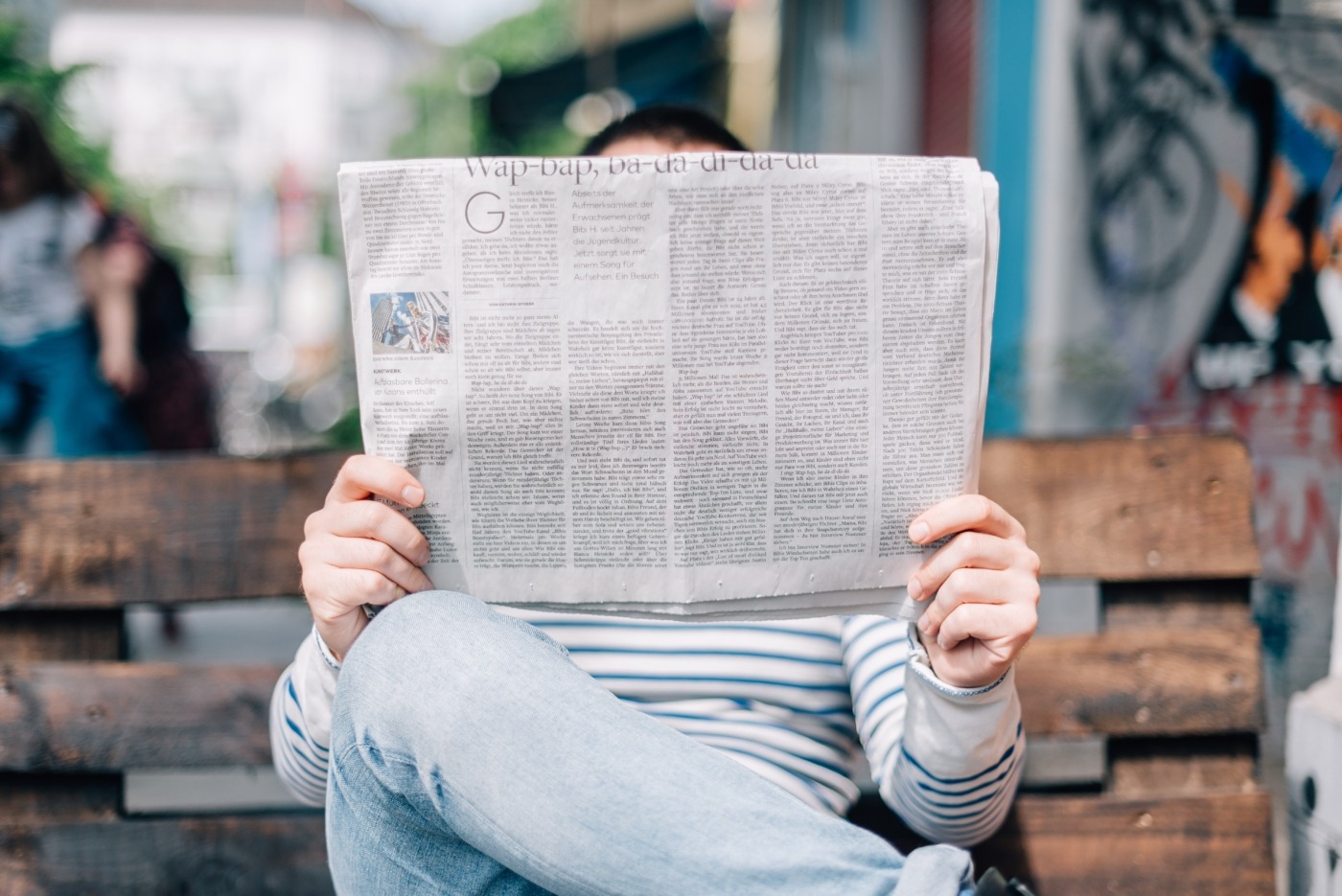How to spot fake science news
Throughout the coronavirus pandemic, we have seen a diverse range of scientific claims from a wide variety of sources – some who wish to push an alternative agenda. But, during this time of crisis, how do we spot the pseudoscience or where ulterior motives are at play?
First, be aware of your own biases. We all have them, and it can be useful to know what we’re prone to overvalue and what we’re quick to dismiss before we come to a conclusion. For example, we often emphasise the validity of science that nicely fits with our pre-existing beliefs and dismiss any conflicting evidence. Psychologists term this the confirmation bias. Moreover, we are more likely to believe what matches our own experiences, although any one person’s experiences are never representative of the world as a whole. We also tend to be drawn towards the sensational news over what is factual. The truth is rarely particularly exciting and scientists are often cautious to make any outlandish claims, while charlatans will make wild assertions with confidence.
Prof Marc Zimmer writes: “Purveyors of fake news know the weaknesses of human minds and try to take advantage of these natural biases.”
The next tip is to look at where the study is published. To get a study published in a reputable journal takes months and requires undergoing the scrutiny of at least two independent experts in the field, who can suggest the study be returned for more experiments, or even outright rejected.
“Purveyors of fake news know the weaknesses of human minds and try to take advantage of these natural biases.”
Not all journals are equal however. So-called ‘predatory journals’ waive the peer review process altogether, as well as quality control checks for plagiarism, while taking a fee from the researchers for their own profit. These publications may present themselves as legitimate, but encourage lazy science and sometimes publish outright unethical manuscripts.
At the start of the pandemic, as scientists raced to study the novel virus, many unverified manuscripts were uploaded to pre-print servers. While these websites serve an important purpose, they lack the same standard of rigorous academic analysis and should be treated with scepticism.
If you can, check the methodology of the study. Double blind trials (where half of the sample is given a placebo) are the gold-standard as they help to pass over any preconceived ideas of both the researchers and the volunteers. The larger the study group, the more confident scientists can be in their findings and the easier it is to find potential complications, especially when it comes to a vaccine trial which is intended for use in a large proportion of the population.
One final tip: let the words of your GCSE science teachers ring through your head. Correlation does not mean causation! With enough cherry-picking, data can be moulded in order to fit any narrative the author wants them to. Zimmer points out: “Even if surveys find that people who live longer drink more red wine, that doesn’t mean a daily glug will extend your lifespan.” This is a common tactic of the dishonest salesperson. A more likely explanation of this phenomenon is that people with a higher income, who spend more on wine, also have access to better nutrition, healthcare, and living conditions and thus live longer.
The larger the study group, the more confident scientists can be in their findings and the easier it is to find potential complications, especially when it comes to a vaccine trial which is intended for use in a large proportion of the population
With modern technology, it is faster than ever for genuine scientific research and advice to spread across the world. However, this also has its downsides. Fake news and the rise of post-truth politics have severely undermined the public’s faith in many aspects of the world around us, and science is no exception. The conspiracy theories surrounding the pandemic have exposed the importance of teaching scientific literacy, as well as other forms of media literacy, in our education system. Today, it seems all too easy for us to surround ourselves in comfortable untruths that don’t challenge our existing preconceptions. Social media groups have made it easier to interact with vast numbers of people that share the same beliefs, whether true or not. This means it is increasingly possible to construct our own epistemic reality around ourselves. This has serious consequences – the head of the NHS England, Sir Simon Stevens, has warned we are fighting against a “pandemic of disinformation” making it far more difficult for scientists and public health experts to tackle the existing Covid pandemic.

Comments